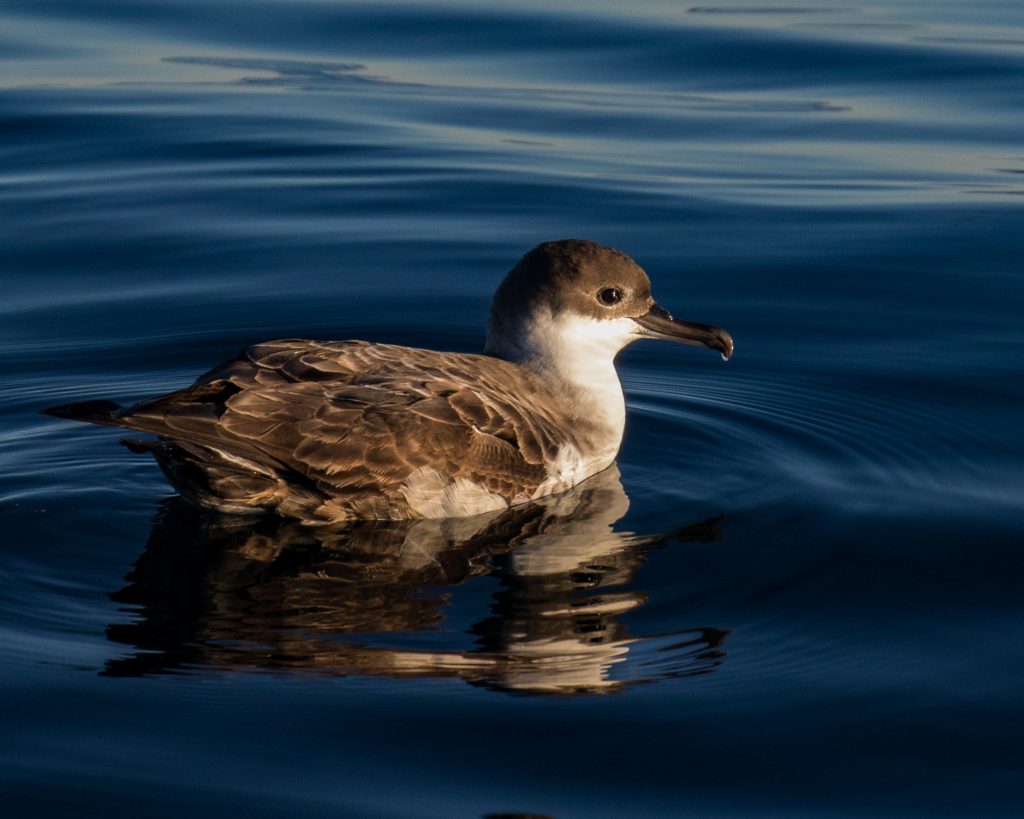
I would venture to say that See Life Paulagics‘ November 4th trip out of Brooklyn was not among their most productive in terms of seeing target birds. Unfortunately, it just comes with the territory. In spite of doing all the right things to find and attract birds, some days are just going to be better than others. Of the target species listed for the trip (Red Phalarope, Manx, Cory’s and Great Shearwaters, Northern Fulmar, Pomarine Jaeger, and Great Skua), we only saw Manx and Great Shearwaters. We did have all the expected gulls, scoters, and many Northern Gannets in every type of plumage you can imagine (they put on a real show, see below). Other good birds included: Black-legged Kittiwake (3-4), Lesser Black-backed Gull (3), Parasitic Jaeger (3), Bonaparte’s Gull (35+), and what I believe they eventually identified as Wilson’s Storm-Petrel (1 or 2). The Wilson’s Storm-Petrel was apparently a good find; they should have left the area by this time of year.
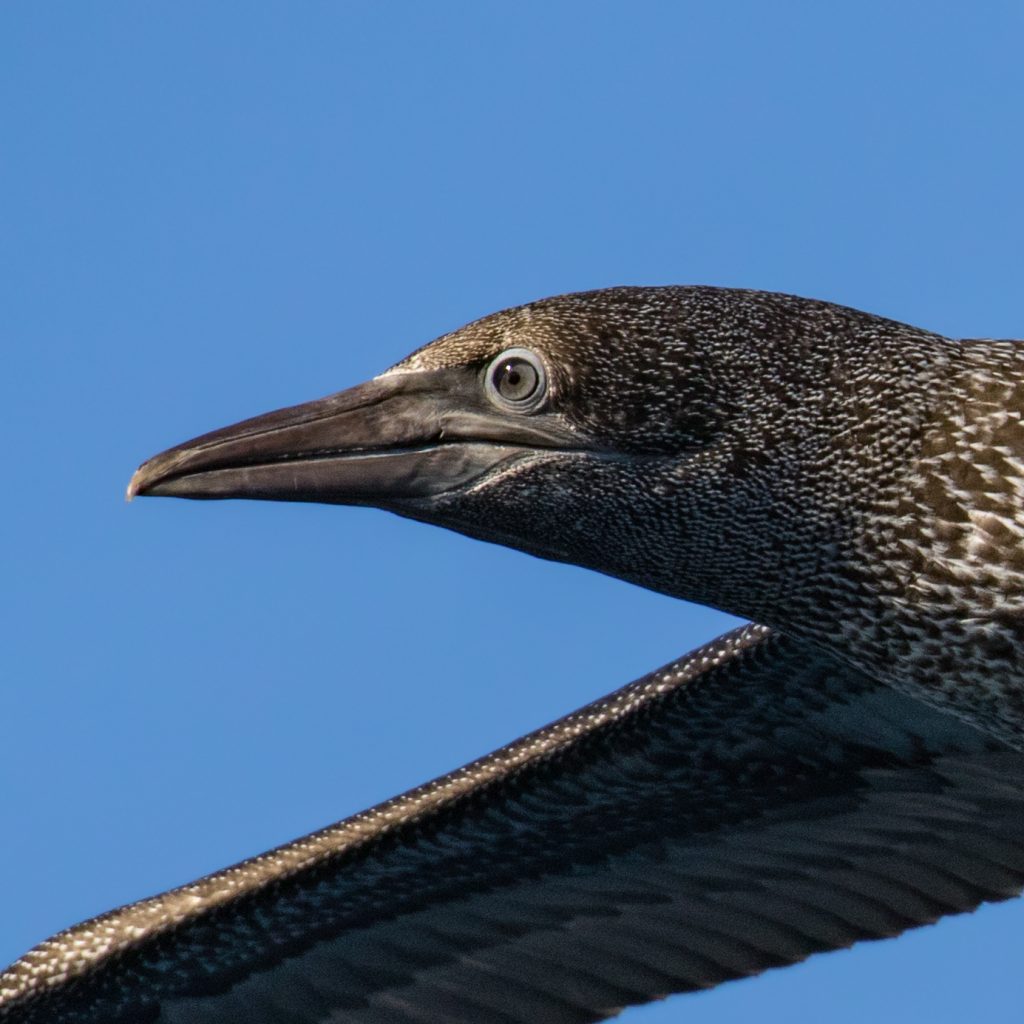
One of the more interesting things about the trip was the unbelievably large number of passerines we saw out there. By my count, we had at least 13 species of songbirds: Dark-eyed Junco, Purple Finch, Marsh Wren, Winter Wren, Brown-headed Cowbird, Red-winged Blackbird, Red-breasted Nuthatch, American Goldfinch, American Robin, Golden-crowned Kinglet, Yellow-rumped Warbler, White-throated Sparrow, and Pine Siskin! Add to that two bats! Apparently Saturday’s strong west winds blew many birds off course. The Paulagics crew came prepared for it, however. They brought two potted plants, some loose brush cuttings, plenty of bird seed, and water dishes. Some of the songbirds landed on the boat for a rest and to hopefully refuel. Unfortunately, others seemed too intimidated by all the humans on-board and would not land, or if they did it was only briefly. The Dark-eyed Junco made itself at home on the boat. When it landed, it was in dire straits. But after getting some water and food it was up and about, always under foot so you had to be very careful not to step on it. A Brown-headed Cowbird joined it; they both stayed for the duration, only flying once we were on land again. For me, it was sad to see these passerines out of their element and in potential peril, but it was also sweet to be able to help a few of them.
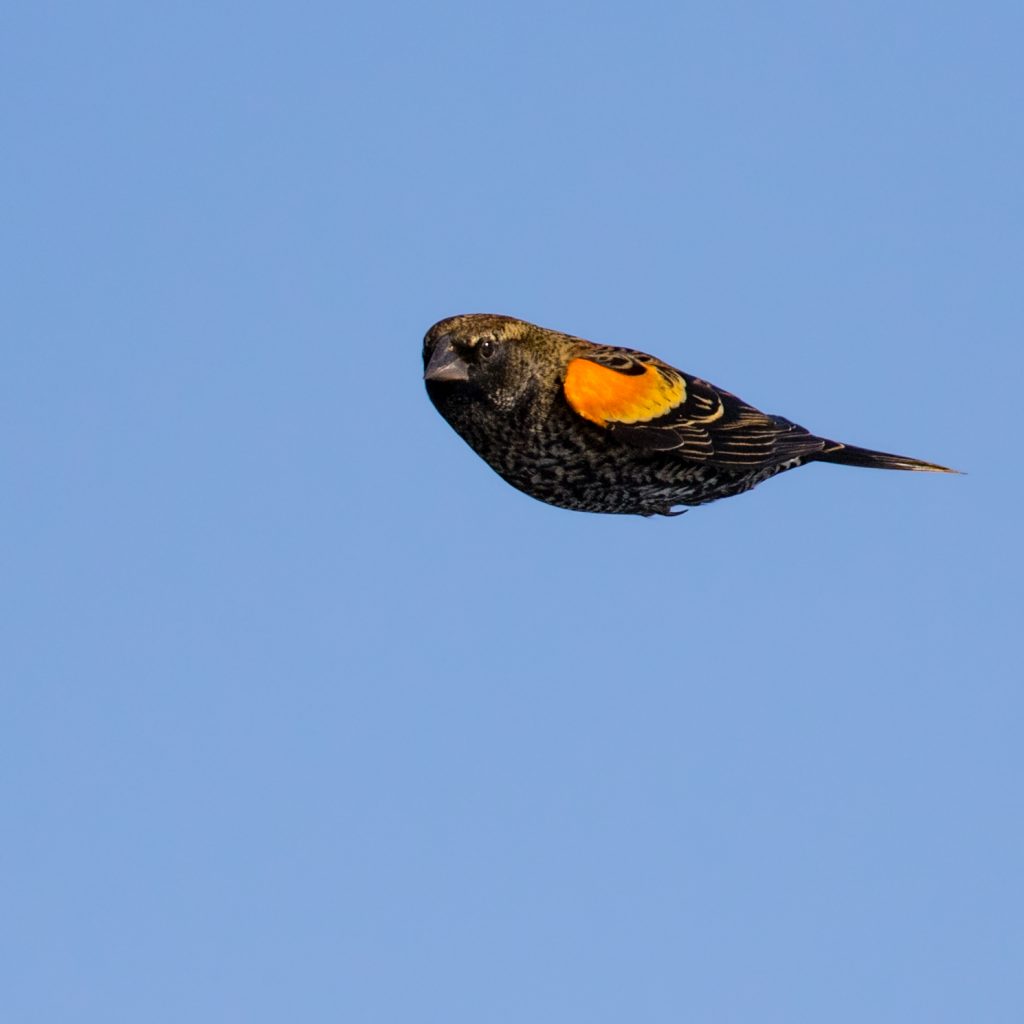
Later in the afternoon, we came across a large group of Northern Gannets actively feeding. It was pretty incredible to watch them diving repeatedly into one relatively small area. Then, the first whale appeared and then the Common Dolphins became apparent. In all there were two Humpback Whales and who-knows-how-many Common Dolphins. The dolphins were curious and spent much time swimming alongside the boat. It was a pretty incredible show to watch, but one that I found difficult to photograph. Part of my problem is that I didn’t know where to look – there was so much going on all around the boat. I tried to document it for a bit, but then stopped and just enjoyed the show. In my opinion, between the gannets and the cetaceans, this show saved the pelagic. As expected, the trip offered plenty of photo ops, so enjoy the pics.
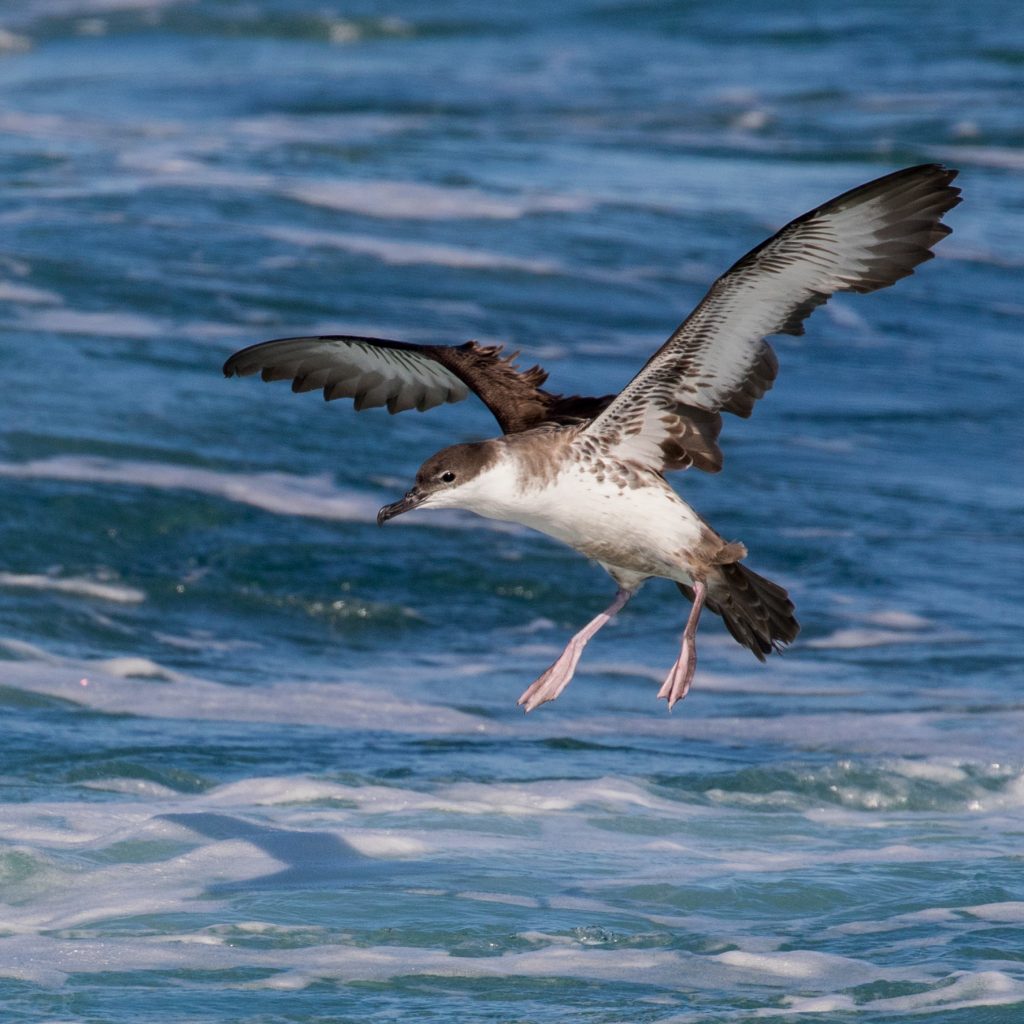
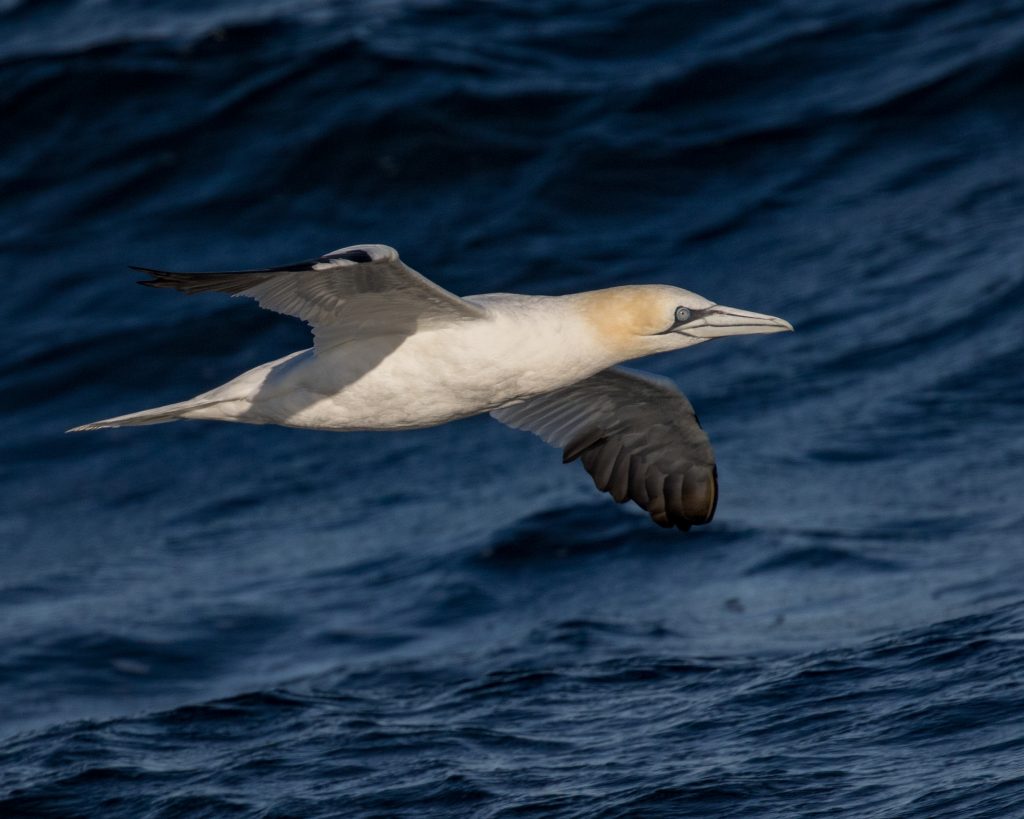
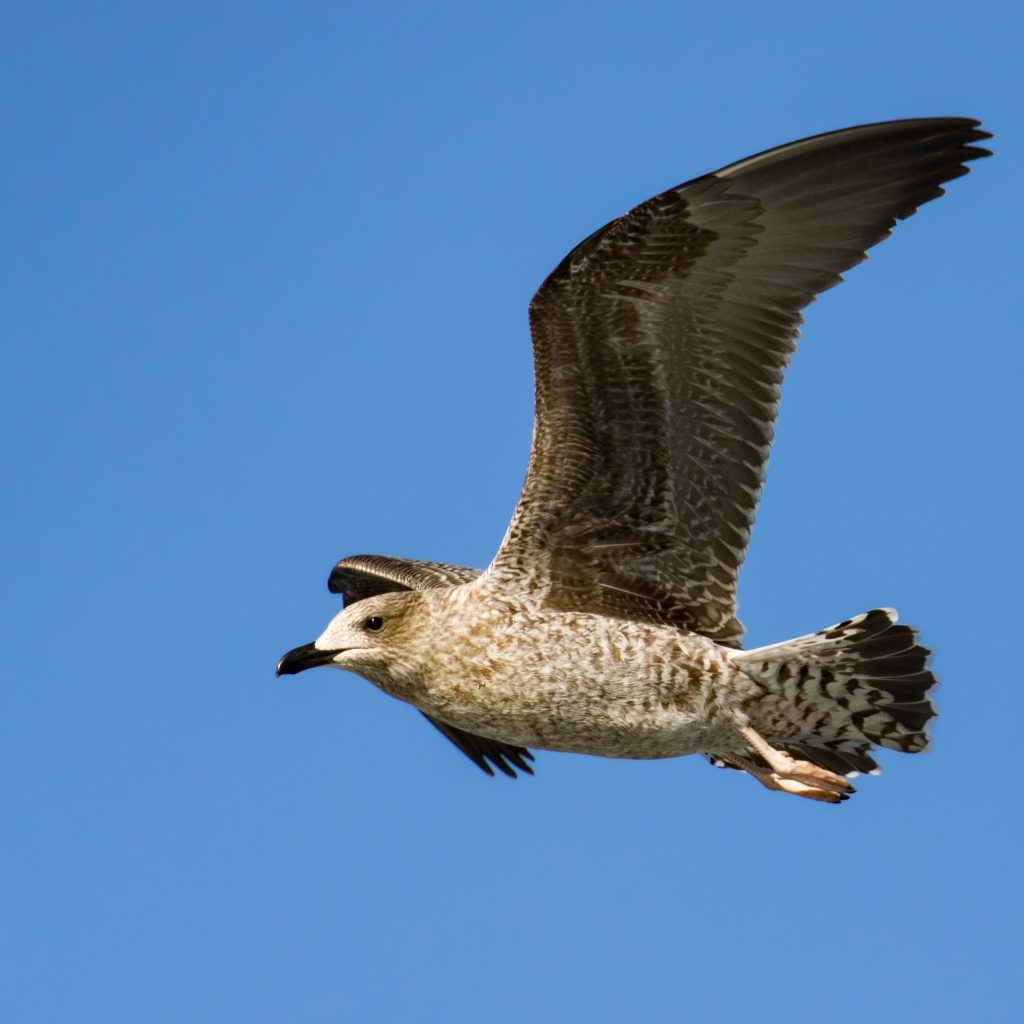
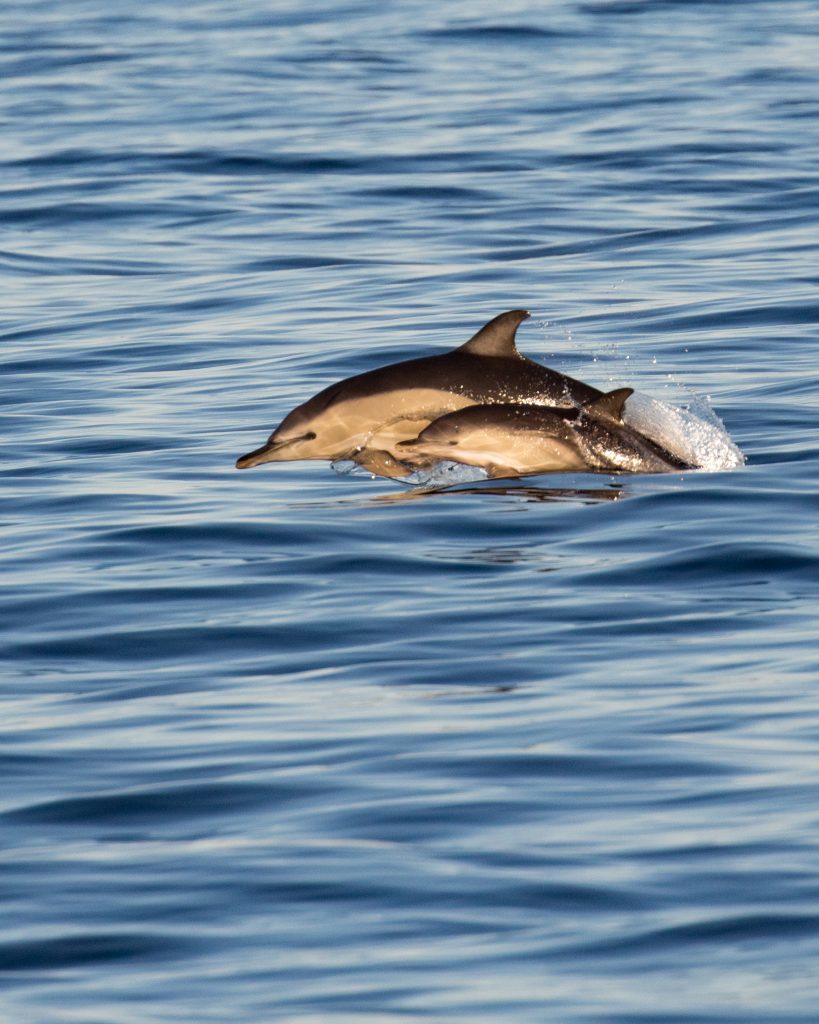

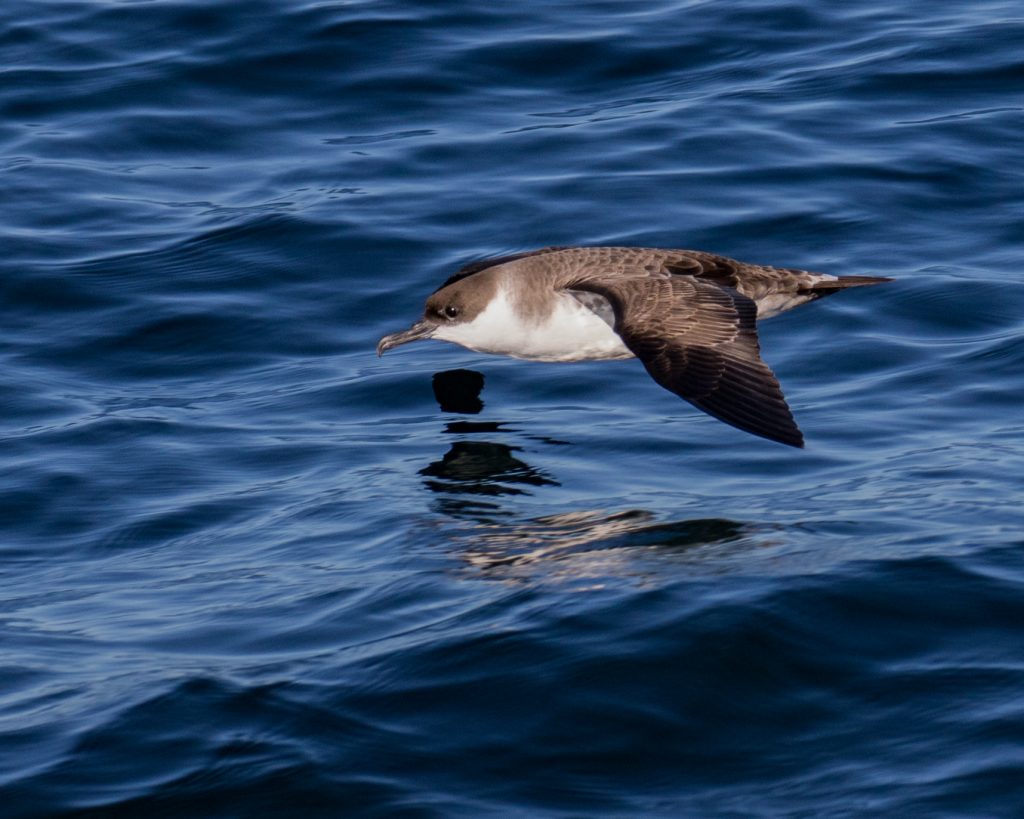
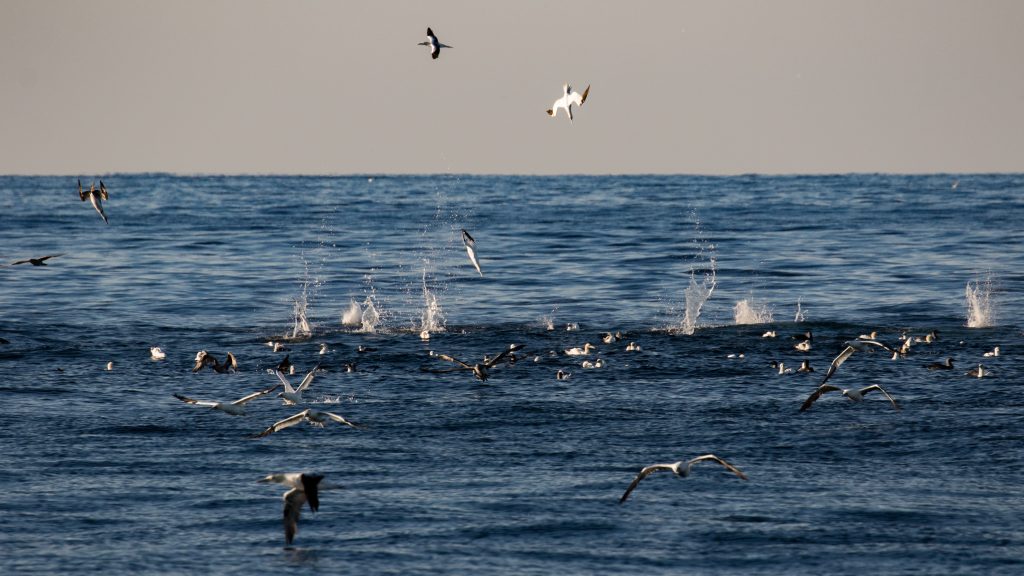
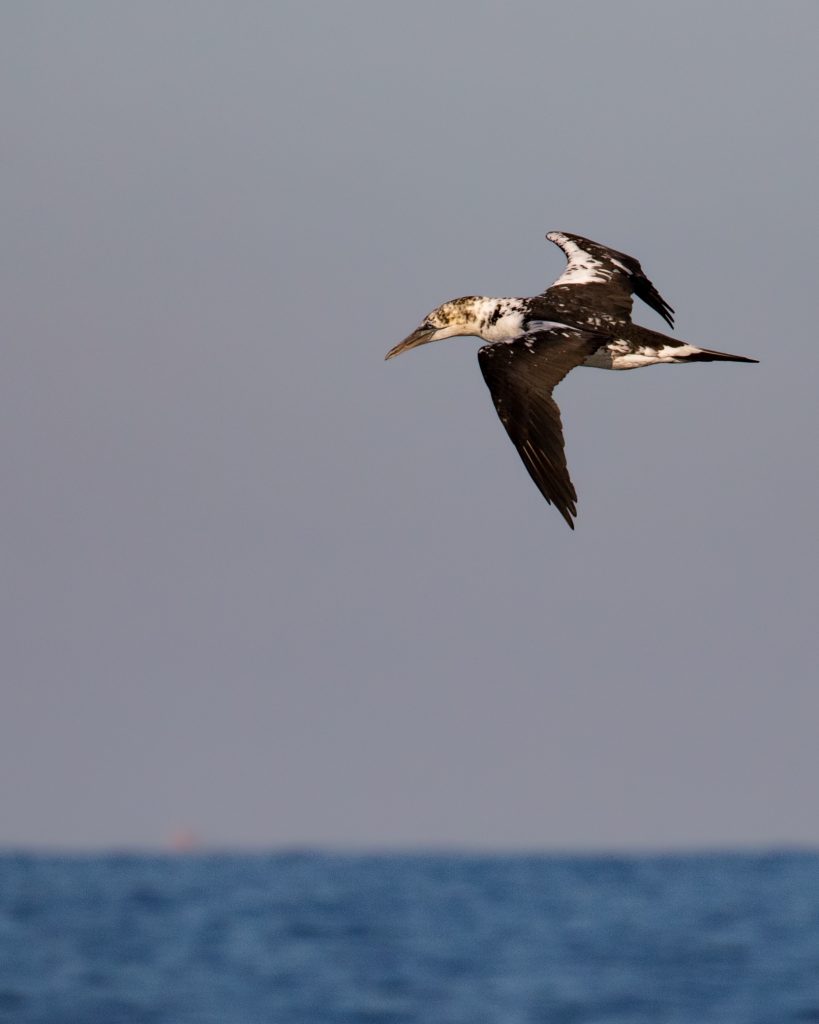
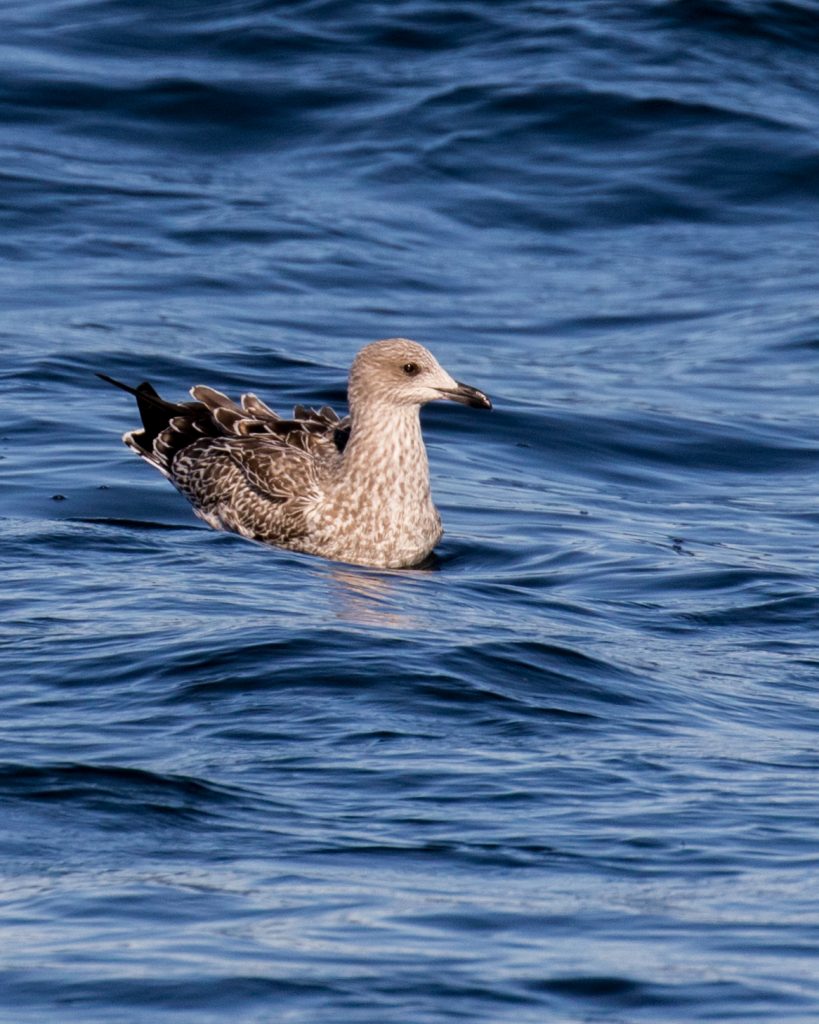
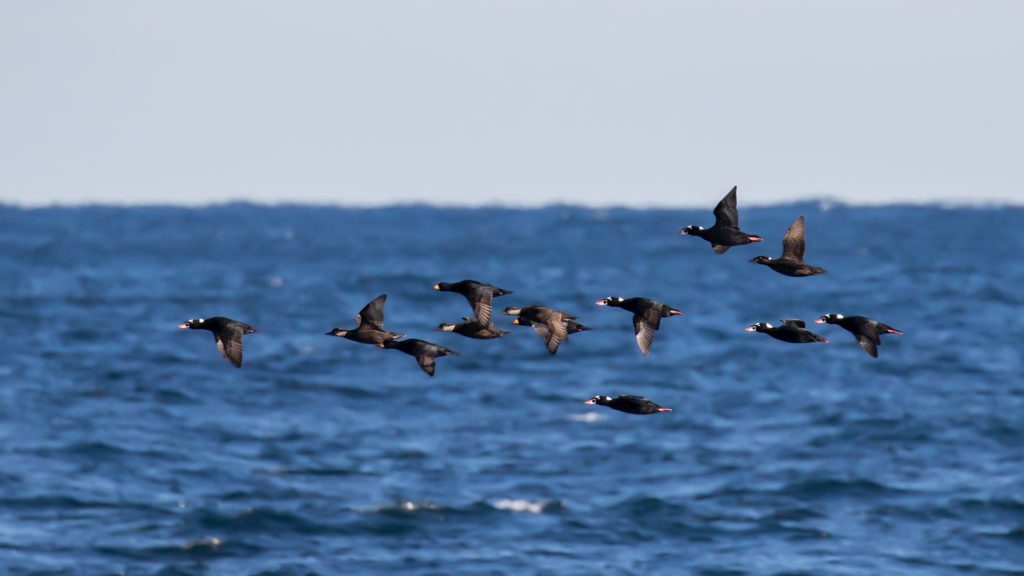
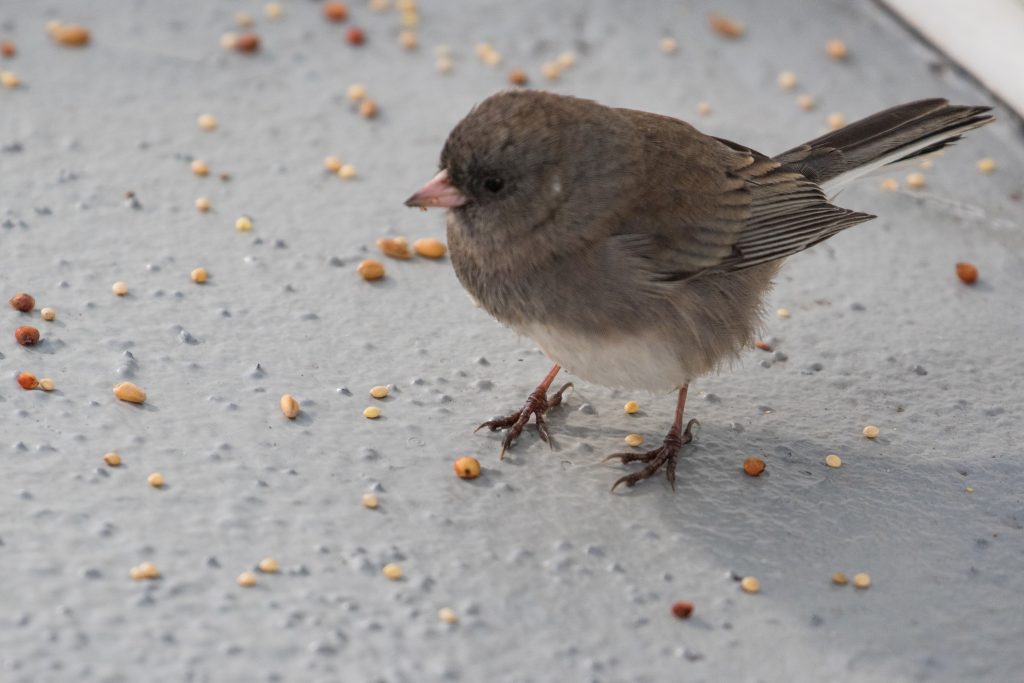
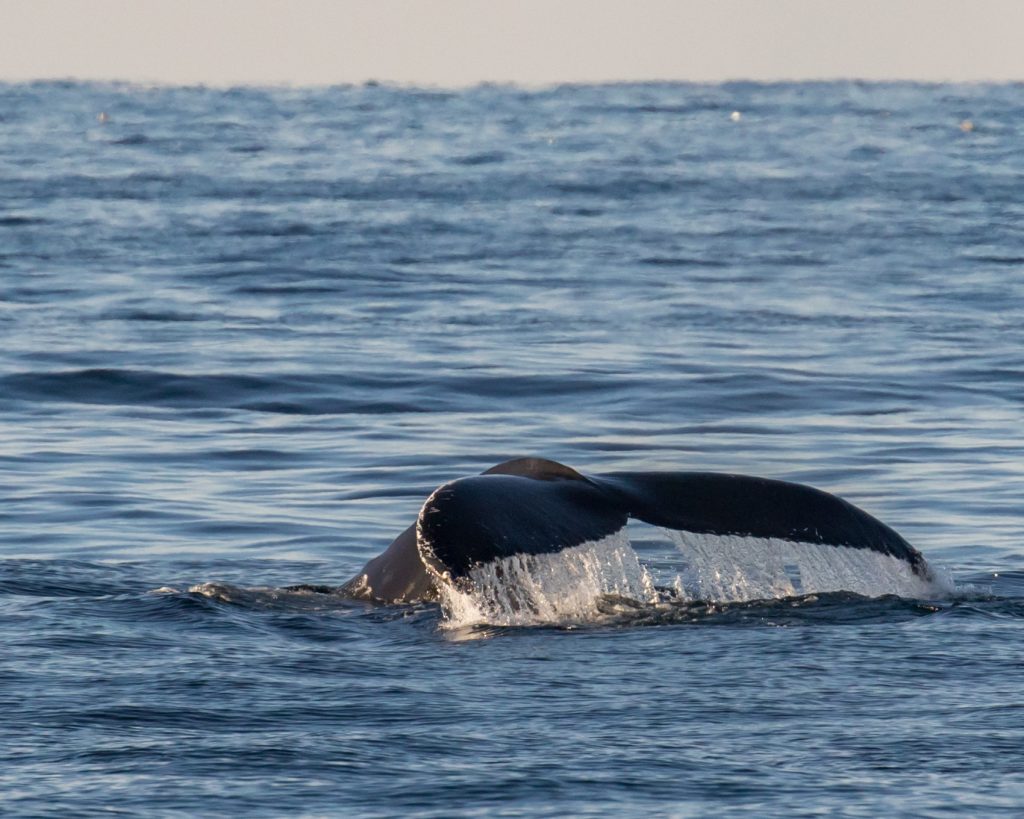
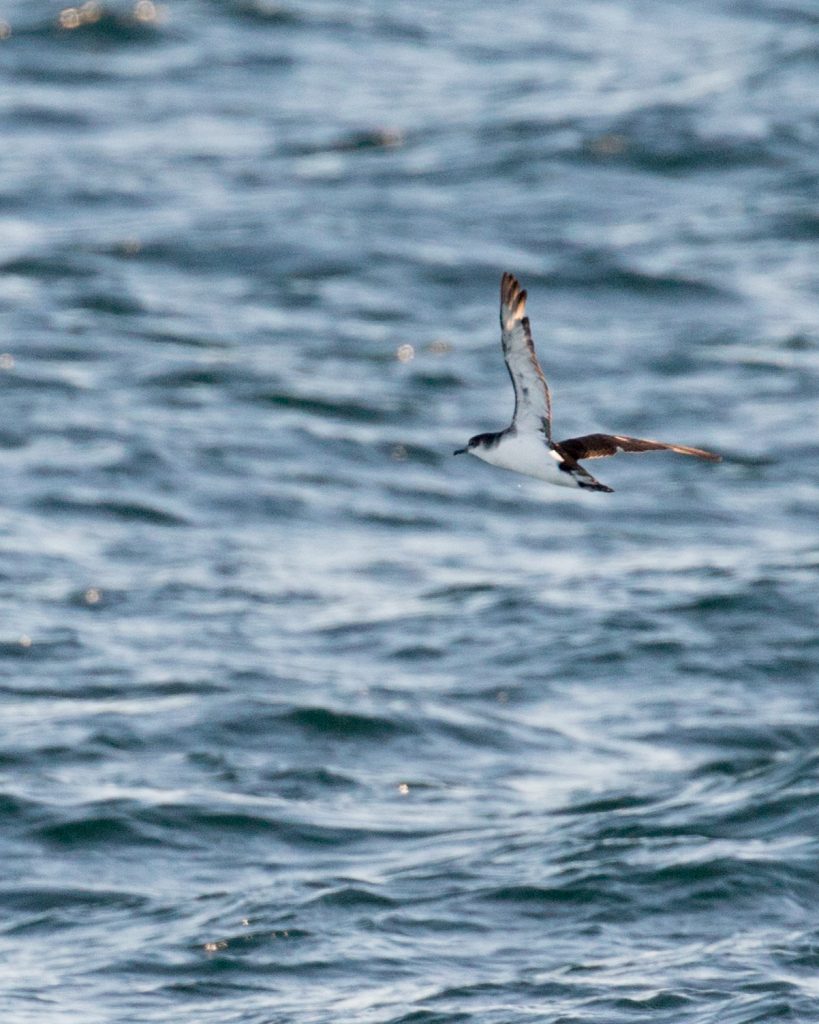


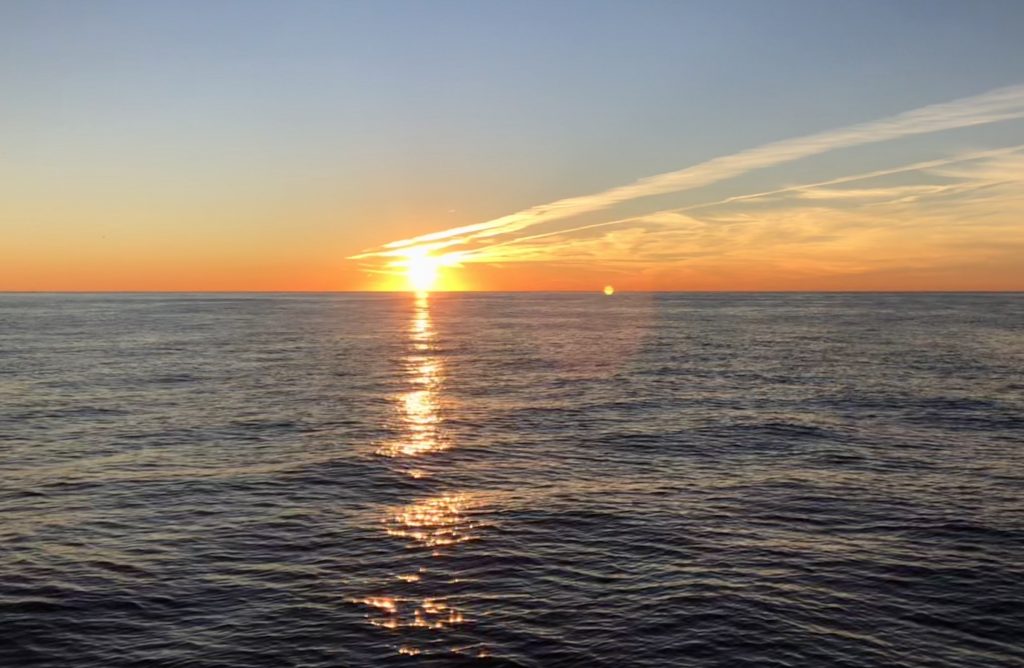
Great shots as usual. Have not been out much the last few months. Just got back from Ohio where we visited one of our daughters. did get down to Sandy Hook this p.m. Was able to get some good shots of black scoters
Thanks Bruce. I’ve been wondering if you’ve been able to get out or not. Good to hear from you. Matt
Wow – your photos are awesome as usual. The gannets are spectacular!
Thanks so much Michael. Both pelagics I’ve been on have offered plenty of photo ops with gannets, which is awesome since we normally see them at a good distance from the shore. Matt
Great shots, indeed. Some look like paintings.
Thanks Norma! Matt
As always, Matt – – – OUTSTANDING shots. That very first shot of the juvie GANNET, up close and personal was world-class. What a study of the head structure and the plumage!
The double dolphin shot is great but can see why you say it looks “staged”. Still, a great shot!
Thanks for always sharing with us(ME!)!
Thanks so much “Ludlow”. It was a real study of gannet plumages on that boat. Paul, who runs the trips was telling us all the different plumages and what ages they are, but I’ll have to go back and do some research to get them straight in my mind. Matt
Some very beautiful shots, Matt, and a wonderful accounting of the trip. Makes readers wonder just how many passerines and other birds are as impacted by wacky weather as we are. Your words put the reader in the scene; well done! (And you’re right about that dolphin shot, though it is still a beautiful moment of frozen time.)
Thanks Marianne. It is interesting. I was wondering how many birds actually got blown out to sea last weekend if we saw that many on one small(ish) boat? And surely this must happen all the time. Ugh, I don’t want to think about that. Glad you enjoyed the post. Matt
Looks like you had a spectacular trip!
It worked out pretty well in the end, although for a bit there I was feeling a little disappointed because we hadn’t gotten a great variety of species. It’s all part of it though, as you know, birds have wings. Matt
I planned on going on this trip, but once they rescheduled I had to sign up for the one out of Cape May this Saturday. I’m hoping for my lifer Manx as well. Great pics!
I hope you get your lifer Manx, Pat! And others! Maybe a Great Skua? Hoping for the best, glad you enjoyed the pics. Matt
Love it!! Next time there’s a pelagic around, let me know.
Bill, I totally will let you know. They do one in January, going mostly for alcids. The one I really want to do is the overnight in the spring. I’ve tried for that one 3 times now and it’s never sailed yet, either because of weather or lack of participation (it’s right at prime warbler time). I’ll keep you posted, it will be a blast! Matt
Exceptional collection Well documented. Enjoyed the show
Thanks so much Renee! Glad you enjoyed it. Matt
Hi Matt, Looks like it was a nice day with pretty good light. Too bad you didn’t get ALL of the target species… It seems to me like the entire autumn season in Orange County has been a very good one in terms of migrants – especially the waders.
Hi Kent! It’s really good to hear from you, it’s been a while! It has been an interesting fall migration for sure – we’ve had some really good birds but the timing seemed to be a little bit off of the norm. Some birds were early and others late… not sure why. Hope things are good and that the birding is good in Australia. Matt
Yes, the birding in Australia is awesome, inspiring, etc. All the best to you too and I wish you many nice winter finches…